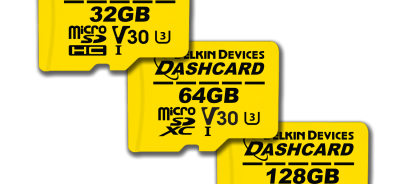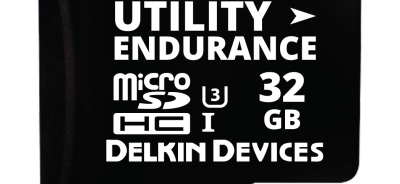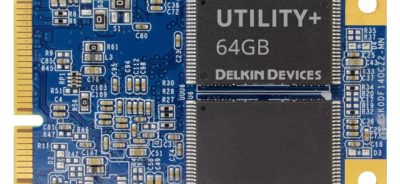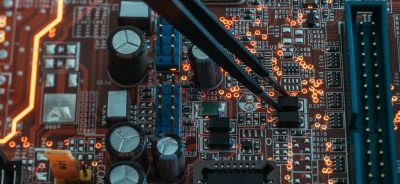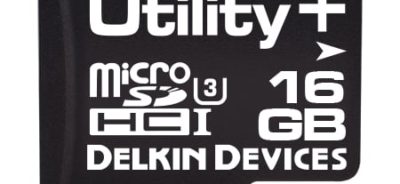SLC vs. MLC Performance: Quick Guide
MLC and SLC flash are both reliable, effective NAND flash storage solutions. The challenge that engineers and OEMs face is choosing the right type of storage for their needs. Some applications are best suited to MLC flash, while SLC is a requirement for others. If you are considering these types of flash storage, read through the following comparison of SLC vs. MLC performance:
Performance in Devices
MLC flash stores two bits of data per cell, while SLC stores one. MLC uses a smaller array size than SLC flash, which means that the device is smaller. This can be an advantage in terms of real estate and price, especially for applications where space is at a premium. However, the complexity of the read and program circuits required for MLC means that MLC doesn’t provide double the storage in half the space.
To store the extra bit of data, MLC flash cells require four quantities of charges on the floating gate in the device within the same voltage window as SLC. In order to achieve this, MLC must run a more complex and time-consuming algorithm every time data is stored. This need makes MLC flash slower than SLC—as much as four times slower for programming times and three times slower for read operations.
Overall System Performance
System performance is slower in MLC than SLC because MLC does not support copyback or partial programming. With copyback programming, pages of data can be moved within the flash device without transferring the data out of the memory. This process increases speed and helps with wear leveling as well as read and write operations. SLC has copyback programming, which makes it perform faster.
Partial programming involves programming part of a page of data, which speeds up small block transfers and read, modify, and write operations. However, MLC flash is sensitive to array disturbances, in which accessing part of an array can disrupt other parts of that same array. MLC does not feature partial programming in order to reduce the risk of array disturbances, but slower system performance is the result.
Endurance
SLC can perform more program/erase cycles than MLC. Typically, SLC flash can perform at least 70,000 program/erase cycles per cell without any issues. With MLC flash, that number is closer to 3,000 cycles. Although this reduction in endurance is problematic with some applications, MLC flash endurance is completely sufficient for many others.
Examining SLC vs. MLC performance to determine which option is best for your application can be challenging, but Delkin is here to help. We offer a range of storage solutions that can be customized to fit your application’s needs. Contact our product team today with your questions.
 Login
Login Register
Register



